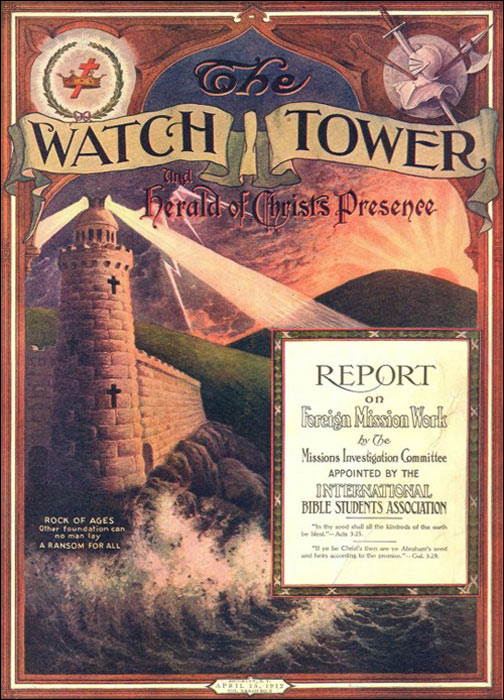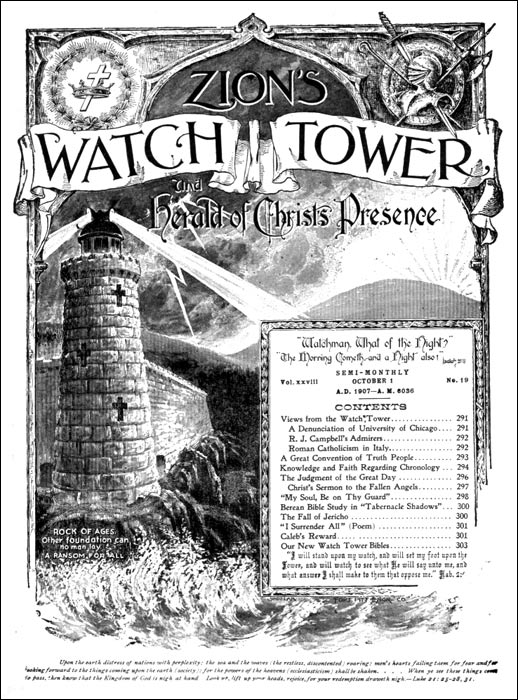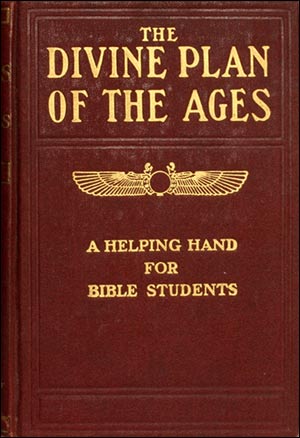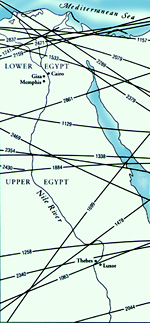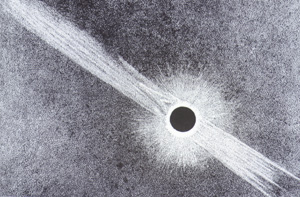The Winged Sun Over Egypt
As the Babylonians were developing the science of astronomy, the ancient Egyptian civilization was flourishing. Pyramids, temples, and tombs attest to the high state of development of their art and technology. They measured the length of the year by observing the rising of Sirius, the brightest star in the sky. The Great Pyramid at Giza is aligned to the four points of the compass; it was built with a passageway in alignment with the star that was then the pole star, Alpha Draconis. There is no doubt that the Egyptians watched the heavens. The clear skies of the Nile Valley were ideally suited for celestial observation. Yet no one has found a single reference to an eclipse, either of the Sun or the Moon, in all of ancient Egyptian history.
This apparent gap in Egyptian astronomy has puzzled many historians. Was Egypt shortchanged on total solar eclipses? Far from it. The accompanying map shows all the paths of totality across the Nile Valley in the second and third millenia B.C. The solar corona was visible from somewhere in ancient Egypt during this period on an average of once every 75 years. It is hard to imagine that the spectacular recurrence of total solar eclipses could go unrecorded, especially by a culture that so worshipped the Sun.
Perhaps the view of totality was preserved in symbolic form. The solar corona has a distinctive appearance during some eclipses. The size and shape of this halo around the Sun varies over a cycle of 11 years. (This is the sunspot cycle explained in Chapter 1 of the book ECLIPSE, by Bryan Brewer.) During the minimum phase of this cycle, the brightness of the corona is less intense, but extending to either side are long streamers of light. Because these equatorial streamers are so faint, they are difficult to photograph. Yet in clear skies they are plainly visible to the naked eye during an eclipse.
It is not difficult to see the similarity between these eclipse streamers and the symbolic wings of the Egyptian Sun. The accompanying drawing was made by Samuel P. Langley from the summit of Pikes Peak during the eclipse of July 29, 1878. The long equatorial streamers are well defined. The symbol below is the winged disk of the Sun; it was one of the earliest solar representions in Egypt. It appears above the entrances of many tombs and temples and is said to commemorate the victory of light over darkness. Sometimes the symbol includes the heads of two serpents and the horns of a goat, also solar symbols.
Could this view of the eclipsed Sun be the ancient source of this widespread symbol? English astronomer E. W. Maunder put it this way:
... there can be little doubt that the Sun was regarded partly as a symbol, partly as a manifestation of the unseen, unapproachable Divinity. Its light and heat, its power of calling into active exercise the mysterious forces of germination and ripening, and the universality of its influence, all seemed the fit expressions of the yet greater powers which belonged to the Invisible.
What happened in a total solar eclipse? For a short time that which seemed so perfect a divine symbol was completely hidden. The light and heat, the two great forms of solar energy, were withdrawn, but something took their place. A mysterious light of mysterious form, unlike any other light, unlike any other single form, was seen in its place. Could they fail to see in this a closer, a more intimate revelation, a more exalted symbolism of the Divine Nature and Presence?
-- Knowledge, vol. XX, p. 9, January 1897.

**Material adapted from ECLIPSE by Bryan Brewer **
Information Courtesy of Earth View, Inc. |
